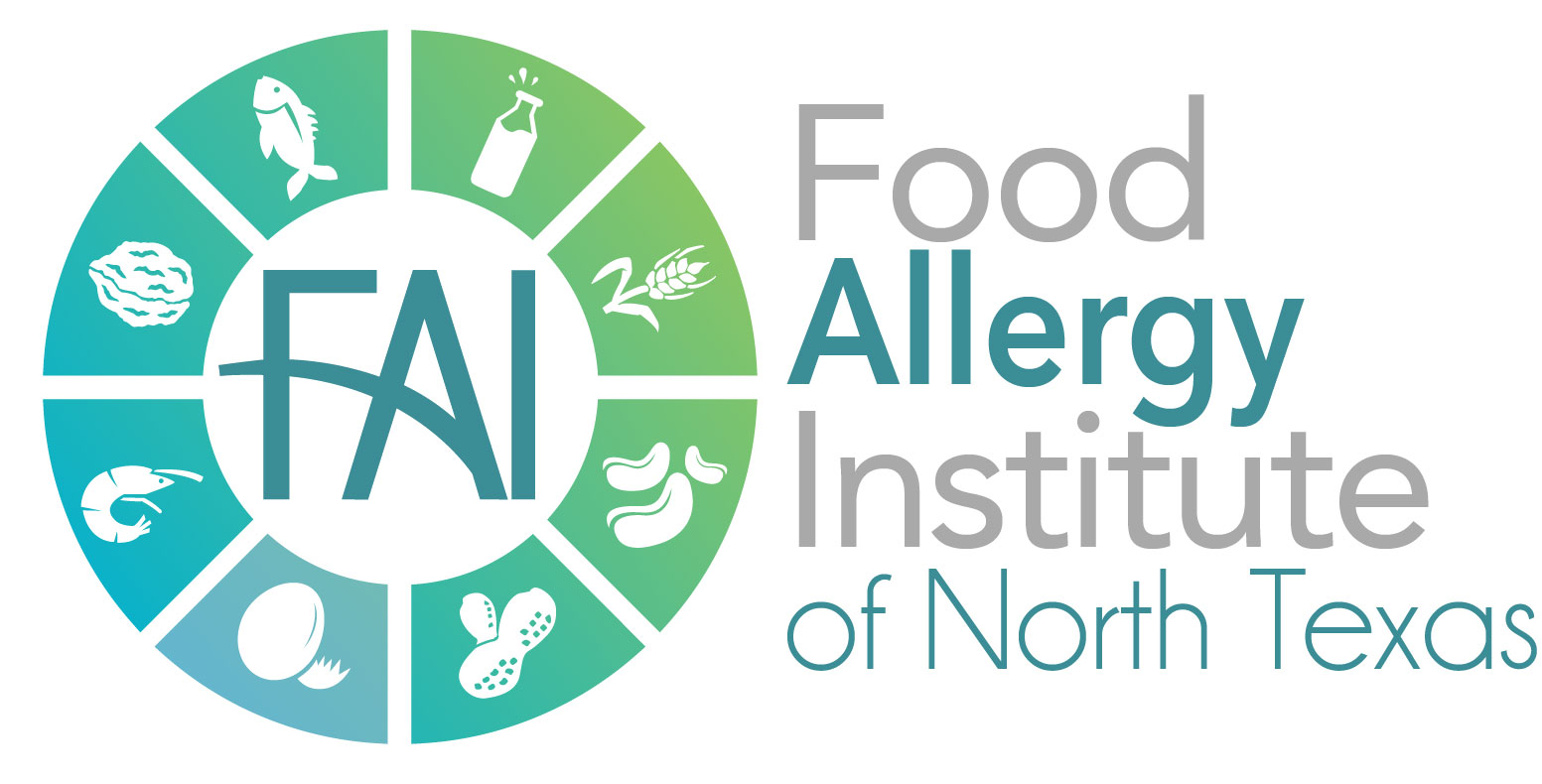29 Dec Onset of Food Allergies Later in Life
Many elderly patients are at risk for food allergies due to their aging immune systems. The development of allergies can occur at any point during one’s lifetime and are not just limited to the pediatric population.
Presently, prevalence of food allergies in the elderly is estimated at 5-10%. This number is likely under-estimated as many of these allergies are undiagnosed, and therefore untreated. One study of geriatric nursing home patients found that 24.8% of them had positive skin tests for food allergens.
It is speculated that 25-30% of adults self-diagnose food allergies, but true prevalence is approximately 5% in industrialized countries. Self-diagnosis may be harmful as the consequence of nutritional inadequacy, deficiencies, and increased frailty from food restriction can be significant.
The most common food allergies in adult populations include: fruits, vegetables, tree nuts, peanuts, and shellfish. Fruit and vegetable allergies are thought to be the result of cross-reactivity with aeroallergens (oral allergy syndrome) to birds, ragweed, and grass.
In the elderly, confounding factors for food allergy development include: decreased production of stomach acid, and an age-related decrease in total serum immunoglobulin E (IgE).
NUTRITIONAL FACTORS
Malnutrition, another significant concern for elderly patients, plays a critical role in immune system function. Three nutrients of concern are: Vitamin D, zinc, and iron. Correcting any deficiency either through diet and/or supplementation should improve outcomes and potentially reduce incidence of deficiency-related allergies.
In addition to this, there are additional strategies that can be employed that may improve food allergy sensitization and management. Some of these include:
- Taking a daily multivitamin mineral supplement. This supplement should include: vitamins A,C, and E, B-complex, and trace minerals.
- Coenzyme Q10, is an antioxidant that decreases with age and may be deficient in individuals with recurrent food allergies.
- L-glutamine and probiotics, containing Lactobacillus acidophilus and Bifidobacterium.
- Omega-3 fish oils that provide DHA, either through the diet or supplements. Fatty fish (salmon, tuna, mackeral, sardines, herring), flax/chia seeds, walnuts, canola oil, and fortified foods, are all rich sources of omega-3 fatty acids.
Always use caution when taking supplements to avoid overdosing, and potential drug-nutrient interactions.
A good practice for potentially reducing food allergy symptoms, is to consume foods rich in: omega-3 fats, drink 8 glasses of water daily, increase daily probiotic intake, and choose fiber-rich foods. In addition, reduce trans and saturated fats in the diet as these fats are pro-inflammatory and may excacerbate food allergy reactions. Exercising most days of the week can also help maintain a healthy immune system, as well as reducing or abstaining from alcohol consumption.
Detecting potential offenders can be tricky at times. Using a detailed food log with self-reported symptoms is a good first step in identifying a potential link. Visiting a specialized Registered Dietitian can also ensure nutritional adequacy and a balanced diet.


